Pet
The Remarkable Kangaroo: An Icon of Australia H14
Kangaroos, the quintessential symbol of Australia, are fascinating marsupials known for their unique locomotion, reproductive habits, and adaptability to diverse environments. Belonging to the family Macropodidae, which translates to “big foot,” kangaroos are distinguished by their large hind legs, powerful tails, and distinctive hopping gait. This article delves into the various aspects of kangaroos, exploring their biology, behavior, habitat, and the challenges they face in the modern world.
Kangaroos are large marsupials, with adult males of the largest species, the red kangaroo (Macropus rufus), standing over 6 feet tall and weighing up to 200 pounds. Females are generally smaller and lighter. Kangaroos have strong, muscular hind legs designed for hopping, which is their primary mode of locomotion. Their long, sturdy tails serve as a balance aid and a support when they sit or stand. This unique adaptation allows them to cover large distances efficiently, with speeds reaching up to 35 miles per hour and leaps spanning over 25 feet in a single bound.
The kangaroo’s forelimbs are much smaller and less powerful than their hind legs. They are primarily used for feeding, grooming, and holding onto branches or objects. Kangaroos are herbivores, with a diet consisting mainly of grasses and leaves. Their specialized teeth are adapted to grinding tough vegetation, and they have a complex, chambered stomach that aids in the digestion of fibrous plant material, similar to that of a cow.
One of the most remarkable aspects of kangaroo biology is their reproductive process. Female kangaroos have a well-developed pouch where they carry and nurse their young, known as joeys. After a gestation period of about 30 to 36 days, a tiny, underdeveloped joey is born and instinctively crawls into its mother’s pouch. Here, it latches onto a teat and continues to develop for several months. Initially, the joey is about the size of a jellybean and is highly vulnerable, but the safety and nourishment provided by the pouch ensure its survival during these critical early stages.
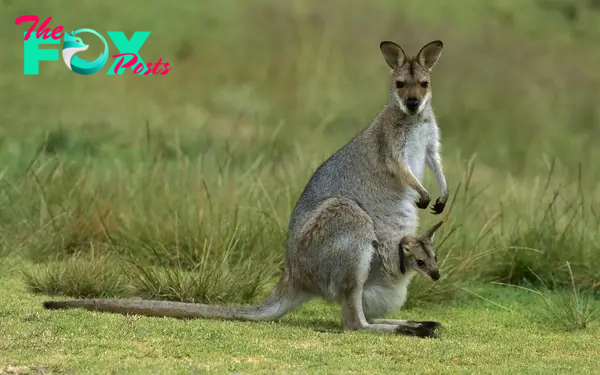
A female kangaroo can delay the development of an embryo until conditions are favorable for the survival of her offspring, a process known as embryonic diapause. This adaptation is particularly useful in the often harsh and unpredictable Australian environment, allowing kangaroos to maximize their reproductive success. Once the joey leaves the pouch permanently, it continues to nurse and stay close to its mother for additional months until it becomes more independent.
Kangaroos are social Animals that typically live in groups called mobs, troops, or herds. These groups can vary in size from a few individuals to over a hundred, depending on the availability of food and water. Within these groups, a dominant male, often referred to as a boomer, leads and defends the group from rivals. The boomer’s status is maintained through physical displays of strength, including Boxing and wrestling with other males.
Communication among kangaroos involves a variety of vocalizations, body postures, and foot thumping. Thumping the ground with their powerful hind legs is a common behavior used to warn others of potential danger. Kangaroos also engage in mutual grooming, which helps strengthen social bonds and reduce parasites.
Kangaroos are highly adaptable and can be found in a range of habitats across Australia, including grasslands, woodlands, savannas, and forests. The four main species of kangaroos – the red kangaroo, eastern grey kangaroo (Macropus giganteus), western grey kangaroo (Macropus fuliginosus), and antilopine kangaroo (Macropus antilopinus) – have distinct geographic distributions that reflect their adaptability to different environmental conditions.
The red kangaroo, the largest of the species, is predominantly found in arid and semi-arid regions, while the eastern grey kangaroo inhabits the fertile eastern and southern parts of Australia. The western grey kangaroo is found in the southern and western regions, and the antilopine kangaroo is native to the tropical northern areas.
Despite their adaptability, kangaroos face numerous challenges in the modern world. Habitat loss due to agricultural expansion, urban development, and climate change poses significant threats to their populations. Additionally, kangaroos are often seen as pests by farmers because they comPete with livestock for grazing resources, leading to coNFLicts and culling.
Road accidents also account for a significant number of kangaroo deaths each year, as they often cross highways in search of food and water. Conservation efforts are focused on promoting coexistence between kangaroos and humans, protecting critical habitats, and ensuring sustainable management practices.
Kangaroo populations are currently stable overall, but some local populations are under threat. Conservationists emphasize the importance of maintaining biodiversity and protecting these unique Animals as part of Australia’s natural heritage. Public awareness and Education campaigns are crucial in fostering a greater understanding and appreciation of kangaroos and their ecological role.
Kangaroos are truly remarkable creatures that epitomize the unique wildlife of Australia. Their extraordinary physical adaptations, complex social structures, and fascinating reproductive strategies make them a subject of endless interest and admiration. While they face significant challenges in a rapidly changing world, ongoing conservation efforts aim to ensure that kangaroos continue to thrive in their natural habitats. By understanding and protecting these iconic marsupials, we can help preserve the rich biodiversity of our planet for future generations.
-
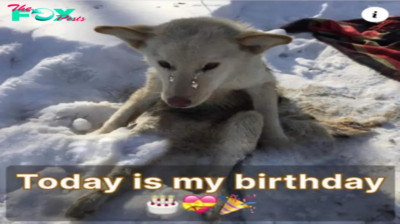
 Pet1m ago
Pet1m agoCelebrating Me: A Journey of Self-Love and Independence on My 5th Birthday.lamz
-

 Pet1m ago
Pet1m agoHeroic Rescue and Heartwarming Adoption: A Brave Police Officer’s Unforgettable Journey with an Adorable Puppy.hanh
-

 Pet1m ago
Pet1m ago¡Felicidades en tu día! Tranquilo, ¡los mejores deseos siempre llegan cuando tienen que llegar!.lamz
-
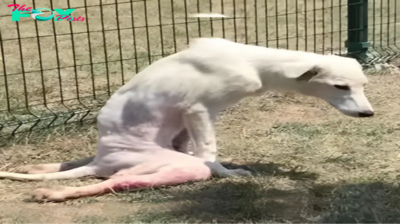
 Pet2m ago
Pet2m agoFrom Abandoned to Empowered: A Dog Reclaims Its First Steps After Being Left Behind.hanh
-

 Pet2m ago
Pet2m agoA Silent Celebration: My Birthday 🎂🎁🎈🎉 Without Wishes Yet.hanh
-

 Pet2m ago
Pet2m agoA pesar de una década de devoción, Annie fue cruelmente abandonada como si no fuera nada cuando su dueño se fue.lamz
-
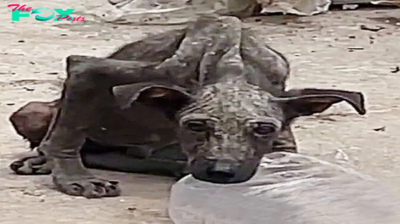
 Pet2m ago
Pet2m agoFrom Neglect to Nurture: Transforming a Skeletal Stray Dog with Unconditional Love.hanh
-
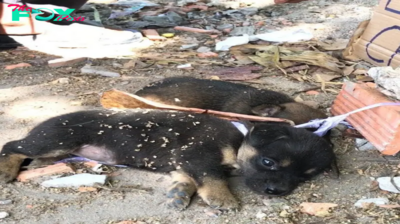
 Pet2m ago
Pet2m agoAn inspiring tale of rescuing two innocent puppies from heartless sellers, emphasizing the importance of compassion and protection for vulnerable animals.hanh




















![Dezel Washigto SHOCKS ad HUMILIATES Oprah, Reveals Her Time is Rig Ot Before [email protected]](https://cdn.thefoxposts.com/vimedia/h80/2024/11/26/026bfcc3e6a306841de3949ef75b159f.webp)







